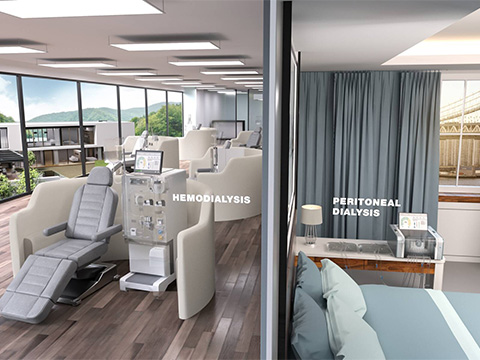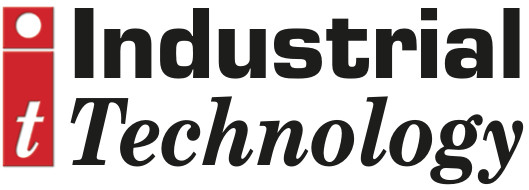
Posted to News on 17th Mar 2025, 11:00
Innovation in dialysis equipment
Troy Stehr, Industry Account Manager - Lab and Medtech for Burkert, looks at how manufacturers of dialysis equipment can deliver equipment optimised for patients' comfort and safety.

Dialysis machines take many forms and while their internal designs are similar, the setting often determines some of the specifications. Larger machines located in dialysis centres work all day, every day, while equipment designed for home dialysis needs to be smaller and any nocturnal machines need to operate particularly quietly.
The treatment of kidney failure has evolved to a point where patients often have a choice in how it is delivered. The needle-free option of peritoneal dialysis offers greater flexibility, preserving the remaining kidney function and leading to enhanced transplant outcomes.
Home hemodialysis operates in the same way to equipment in communal treatment centres, they filter the blood using the same process, but they are more compact and user friendly. They enable patients to manage their dialysis at home, offer a shorter recovery time and require fewer medications.
Visiting a dialysis centre three times a week is slightly more time-consuming but this environment offers a specialised care team and requires no equipment to be kept at home. These centres also offer overnight dialysis, which has found to provide better blood pressure control and saves interference with a daytime schedule.
Developing solutions
Manufacturers of dialysis equipment adjust the designs of machines depending on the setting and the type of support that is required. This includes selecting suitable components, such as valves, sensors, pumps and controllers, for the fluid handling process to ensure optimum performance for the intended application.
Combining multiple parts from various suppliers into a compact, efficient and cost-effective piece of equipment is a complex process. It can be simplified by sourcing components from a single supplier, making ordering of parts and inventory easier to manage. However, the design and assembly still need to be completed, unless this can be outsourced, preferably to the supplier of the components.
On the face of it, this would seem simple enough, but achieving the standards and documentation required for medical equipment requires considerable expertise and experience. Moreover, the ability to develop prototypes, test them and ramp up to full production with all the necessary approvals and certifications, reduces the number of contenders in the market.
From concept to full production
Burkert is at the forefront of dialysis equipment development. Working in partnership with manufacturers, the company has a network of specialised Systemhaus locations that support customers from concept to full-scale production. Each unique project is handled by a dedicated team of qualified industry specialists, design engineers and consultants to ensure all the goals are achieved.
For example, Burkert has supported Fresenius Medical Care in the development of the innovative 6008 CAREsystem dialysis machine, which aims to ease the workload of nursing staff in a treatment hospital. The concept was to create a single-needle haemodialysis process that had a simplified connection process and minimal setup time.
Burkert developed a compact assembly that consists of three valves, a pressure sensor, a condensate trap and a diaphragm pump that generates overpressure in one chamber and negative pressure in the second chamber. A valve then switches dynamically between the two chambers, making a hose reel pump superfluous. The other two valves serve as bleed valves in the event of a fault.
Precision engineered equipment
The design means that staff only need to connect the cassette, which is much faster and less prone to errors. Furthermore, its flexibility allows it to be used for double-needle applications as well and if necessary, the equipment can be switched over without having to make any changes to the bloodline system.
All of Burkert's components used in the machines are tested for durability and energy efficiency while also meeting stringent hygiene and biocompatibility requirements. In addition, the original housing, which was produced as a milled component for proof of concept, is now manufactured using injection moulding to satisfy the large production quantities required.
At each step of the development process for these devices, Burkert offers engineered solutions tailored to the project. Whisper quiet valves for machines that are used at home or for nocturnal dialysis, bespoke valve manifolds to save space and fluidic control devices proven in medical, laboratory and analytical settings.
As treatment methods evolve, the devices required to deliver solutions for patients need to develop as well. Innovative designs are crucial for the best outcomes for patients as well as supporting staff. Manufacturers of medical equipment can access considerable expertise in product development processes by partnering with a comprehensive solutions partner such as Burkert.
Fluid Control Centre
1 Bridge End
GL7 1QY
UNITED KINGDOM
+44 (0)1285 648720







